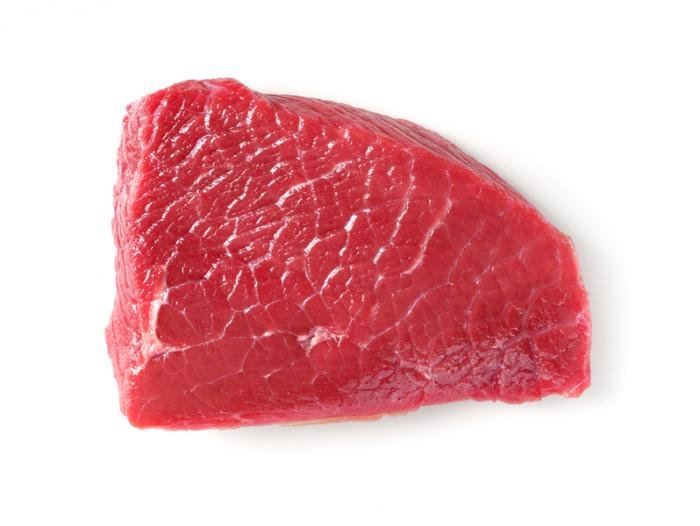Red meat gets a bad rap these days, often demonized for its saturated fat content. But is it all bad news for carnivores? Let’s break down the potential benefits and drawbacks of red meat, so you can make informed choices for your health.
Pros: A Powerhouse of Nutrients
Red meat can be a valuable source of several essential nutrients, including:
- High-Quality Protein: Red meat is a complete protein, containing all the essential amino acids your body needs to build and repair tissues.
- Iron Champion: Lean red meat is an excellent source of heme iron, an easily absorbed form of iron crucial for oxygen transport and energy production. This is particularly important for women and people prone to iron deficiency.
- Zinc Power: Zinc is essential for a healthy immune system, wound healing, and maintaining a good sense of taste and smell. Lean red meat is a reliable source of zinc.
- Vitamin B Bonanza: Red meat is a treasure trove of B vitamins, including B12, B6, and niacin. These vitamins play a vital role in energy metabolism, brain function, and red blood cell production.
Cons: Moderation is Key
While red meat offers some benefits, it’s important to be mindful of potential downsides:
- Saturated Fat: Certain cuts of red meat, especially processed meats like bacon or sausage, are high in saturated fat. A diet high in saturated fat can elevate LDL (“bad”) cholesterol levels, increasing the risk of heart disease.
- Not for Everyone: Red meat consumption has been linked to an increased risk of certain cancers, particularly colorectal cancer. People with a family history of these cancers may need to limit red meat intake.

Making Smart Choices
Here are some tips to enjoy red meat as part of a balanced diet:
- Choose Lean Cuts: Opt for lean cuts like flank steak, sirloin, or round roast. Trim away visible fat before cooking.
- Portion Control: A serving of red meat is about the size of a deck of cards. Aim for no more than 2-3 servings per week.
- Preparation Matters: Cooking methods like grilling, broiling, or baking help reduce fat content compared to frying.
- Partner Up: Pair your red meat with healthy sides like vegetables and whole grains to create a balanced and filling meal.
The Bottom Line
Red meat can be a nutritious addition to your diet, but moderation is key. Focus on lean cuts, prioritize other protein sources like fish and poultry throughout the week, and don’t forget the power of a plant-based diet rich in fruits, vegetables, and whole grains. By making smart choices, you can enjoy red meat without compromising your health.
